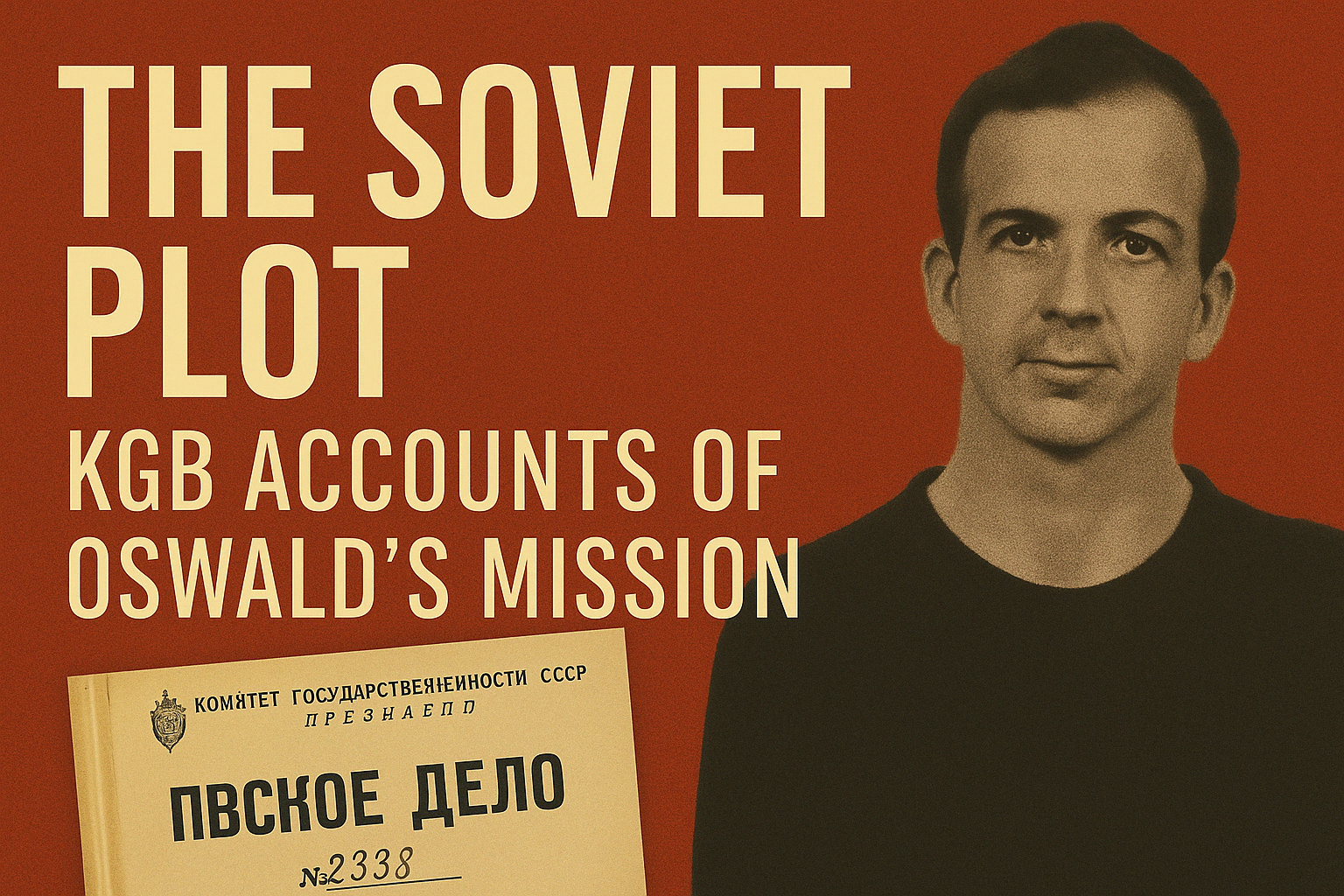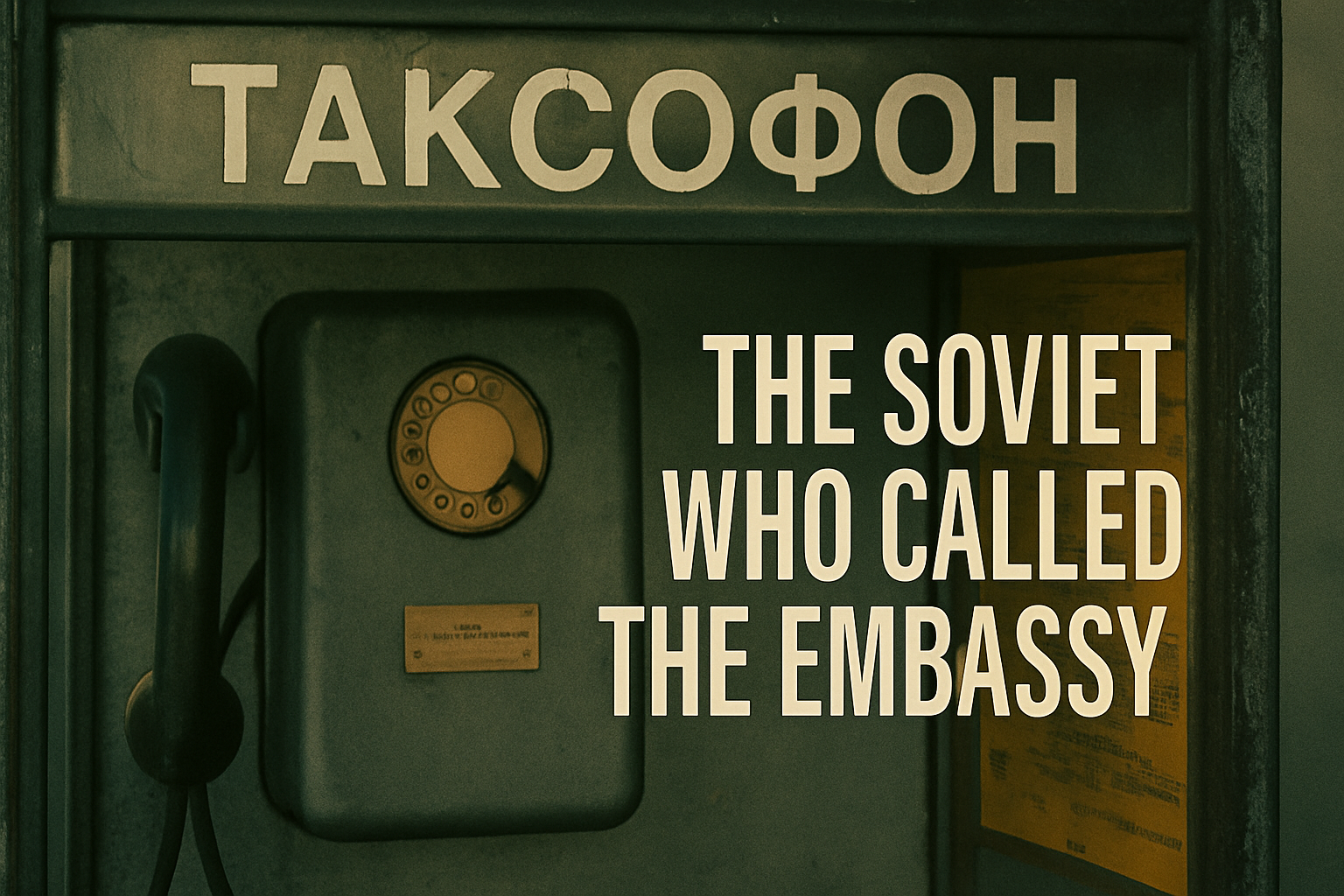In the wake of JFK’s assassination, intelligence agencies rushed to gather every document linked to Lee Harvey Oswald.
But document 206-10001-10010, declassified in March 2025, reveals that as early as December 1963, U.S. counterintelligence officers were investigating whether someone had already altered Oswald’s files - and possibly inserted misinformation directly into the archive.
The suspicion: the forgeries were Soviet, or worse - inside.
📁 The Document Trail That Didn’t Match
The document, labeled “INTERNAL MEMORANDUM – RECORD CONSISTENCY REVIEW,” outlines a security sweep of all CIA, State Department, FBI, and ONI records on Oswald.
The team discovered:
“Inconsistencies in date-stamps and marginalia across [Oswald’s] 1959–1962 files from multiple agencies.”
“Typeface anomalies suggest possible use of different typewriter models for inserts allegedly written during same time period.”
A comparison of copies found at CIA HQ and the Mexico City station revealed discrepancies in wording, including different language about Oswald’s defection and return.
🔍 The Phrase That Shouldn’t Have Been There
One specific discrepancy stood out: a phrase appearing in one version of a memo describing Oswald’s return from the USSR:
“Subject represents minimal ongoing threat, per HQ.”
That line doesn’t appear in the original State Department file or the ONI copy.
CIA reviewers flagged it:
“No record of internal evaluation with that phrasing exists. Possibly a retroactive addition.”
Translation: someone may have inserted language downplaying Oswald’s risk level after the assassination.
🛑 Was It Soviet Forgery - Or Something Closer?
The memo outlines three working theories about the tampering:
- KGB disinformation, aimed at muddying U.S. records and shielding Soviet involvement
- Independent third-party forgery, introduced by a foreign source and filtered through embassies
- Internal unauthorized alteration, possibly by a U.S. asset trying to shape the record
The most alarming note reads:
“Pattern of insertions suggests purpose was to create plausible deniability - not to clarify but to confuse timeline and reliability.”
✉️ The Investigator Who Wanted to Go Further
The memo was signed by a CIA analyst whose name is redacted, but whose title is “Chief of Records Integrity Review.”
His handwritten comment:
“Recommend secure chain of custody for all Oswald-related microfilm. If forgery occurred, our own timeline is compromised.”
But the next memo in the file - dated just one week later - shuts it down.
“Further forensic analysis unnecessary. Treat anomalies as copy issues.”
🧩 The Lie Was Buried In The Filing Cabinet
This wasn’t about whether Oswald was guilty.
It was about whether the paper trail we’ve used to judge him was ever real.
If someone altered his risk profile after the fact - or worse, before - it means even official records from 1963 can’t be trusted.
And the only reason we know it?
A dry audit note, buried in the CIA’s internal logs.
🧨 They Didn’t Just Miss A Threat They Might’ve Rewritten It
The files used to defend the official narrative - the ones the Warren Commission relied on - might have been tampered with.
And everyone stopped looking the moment someone suggested it might’ve happened on our side.

